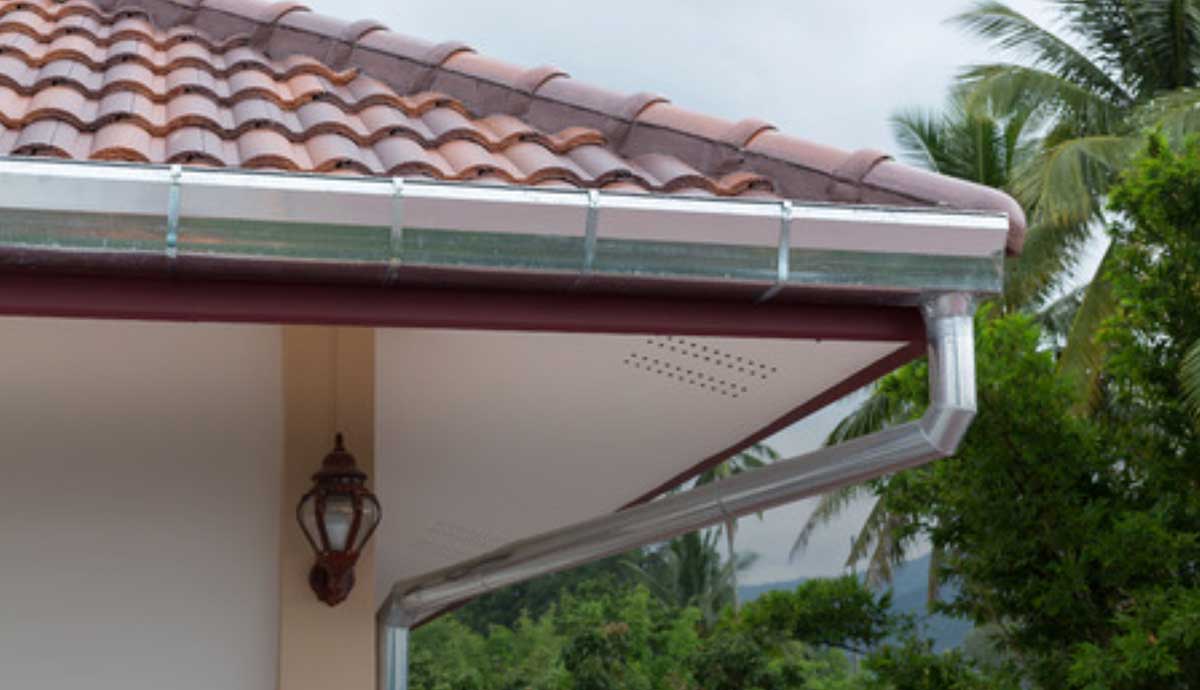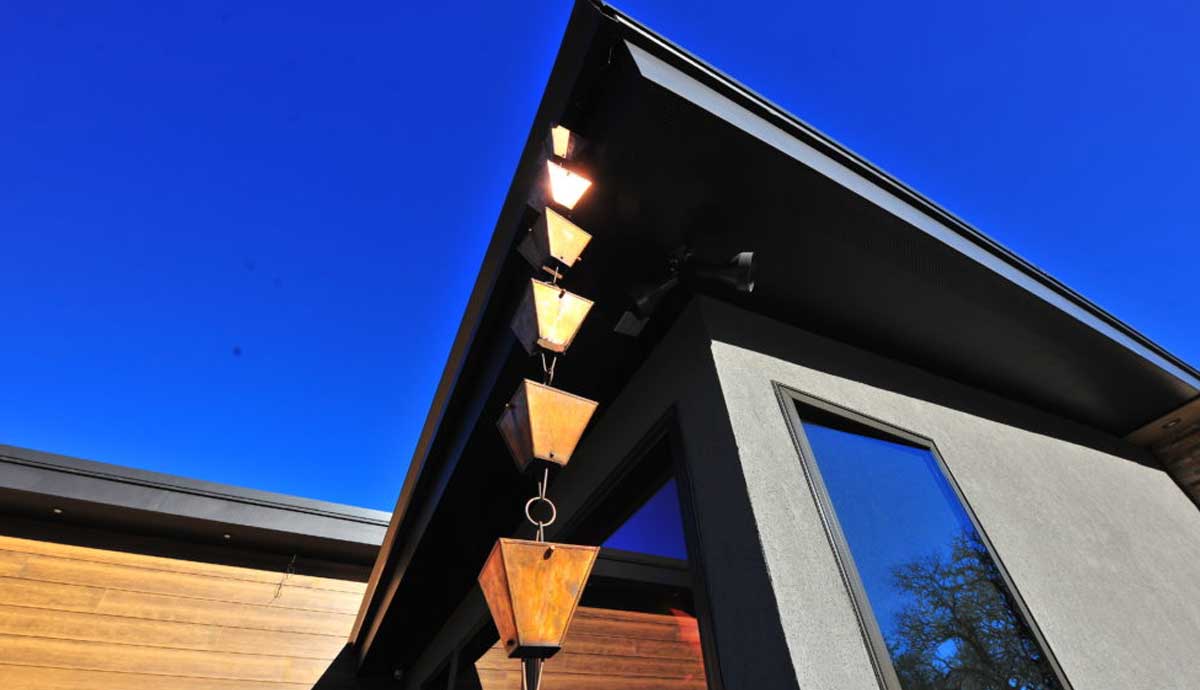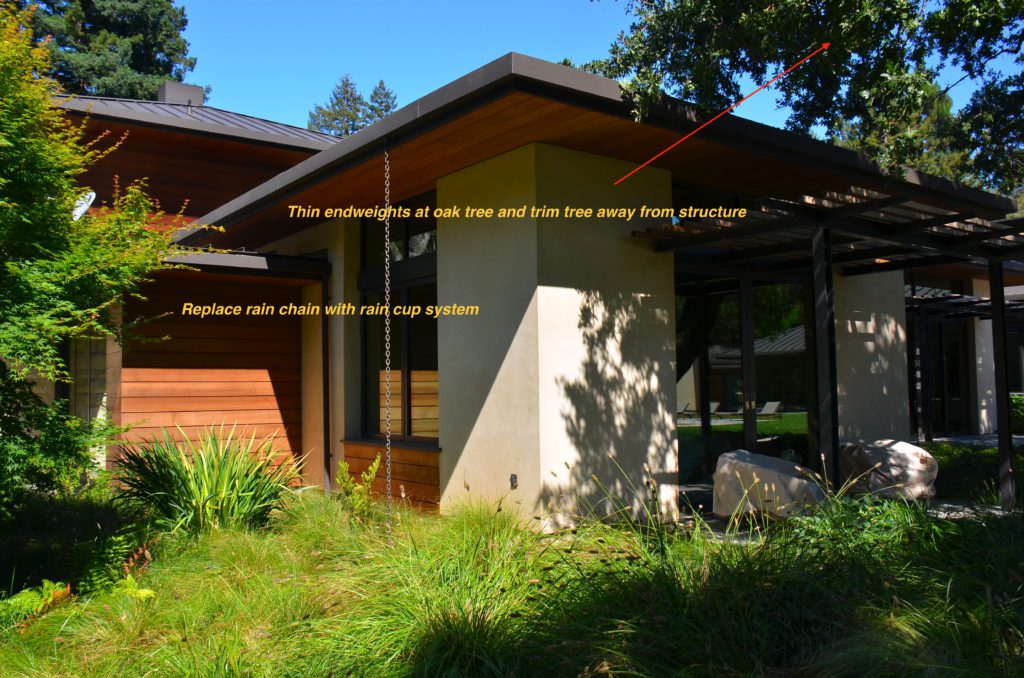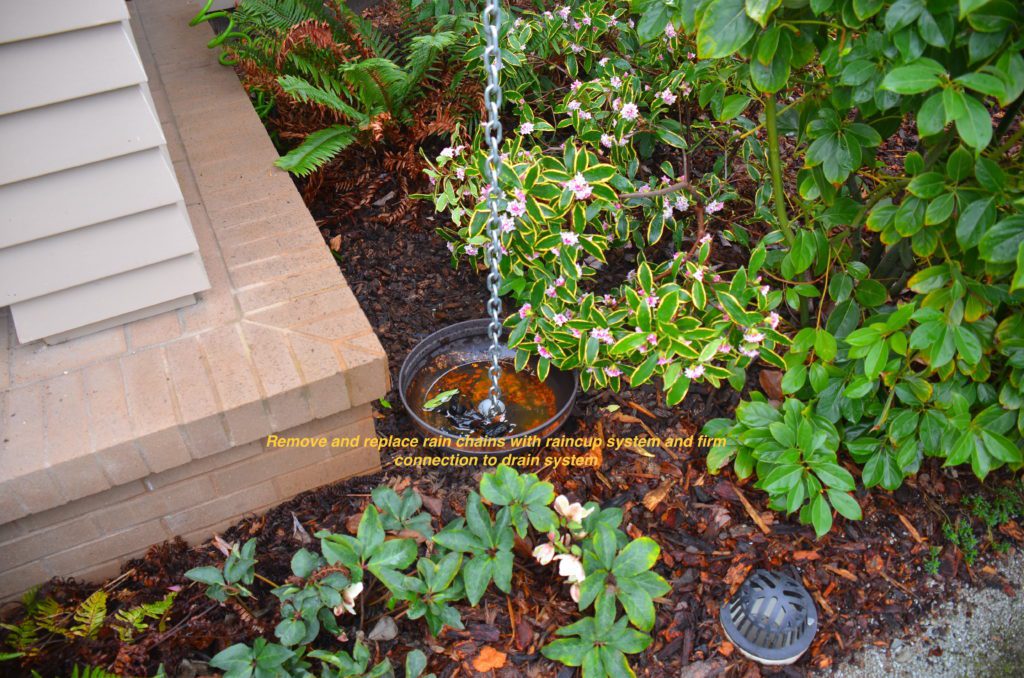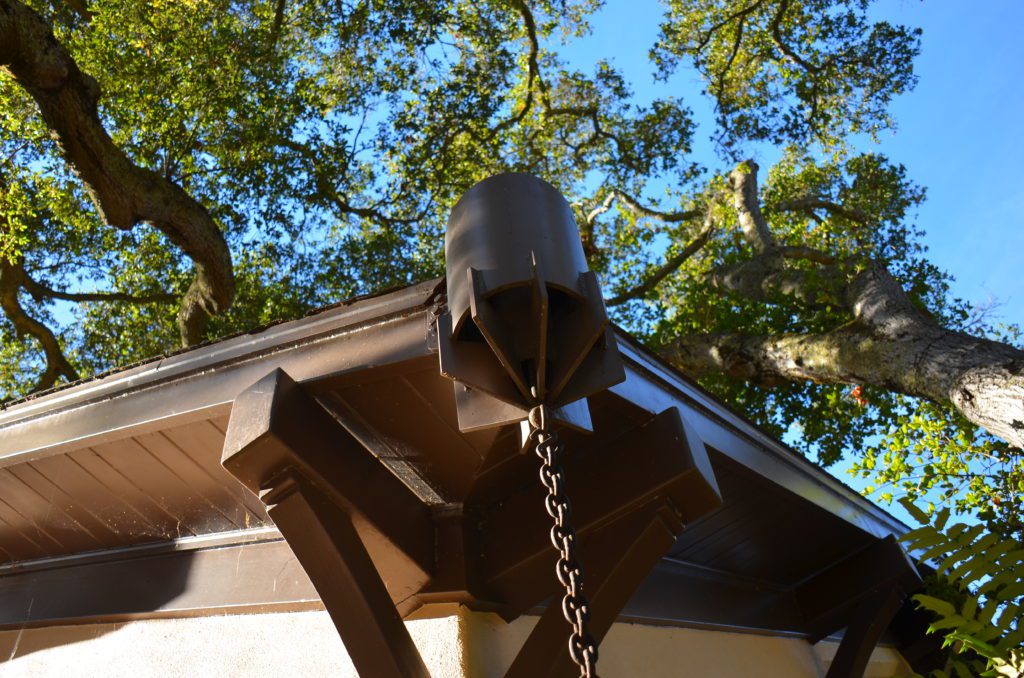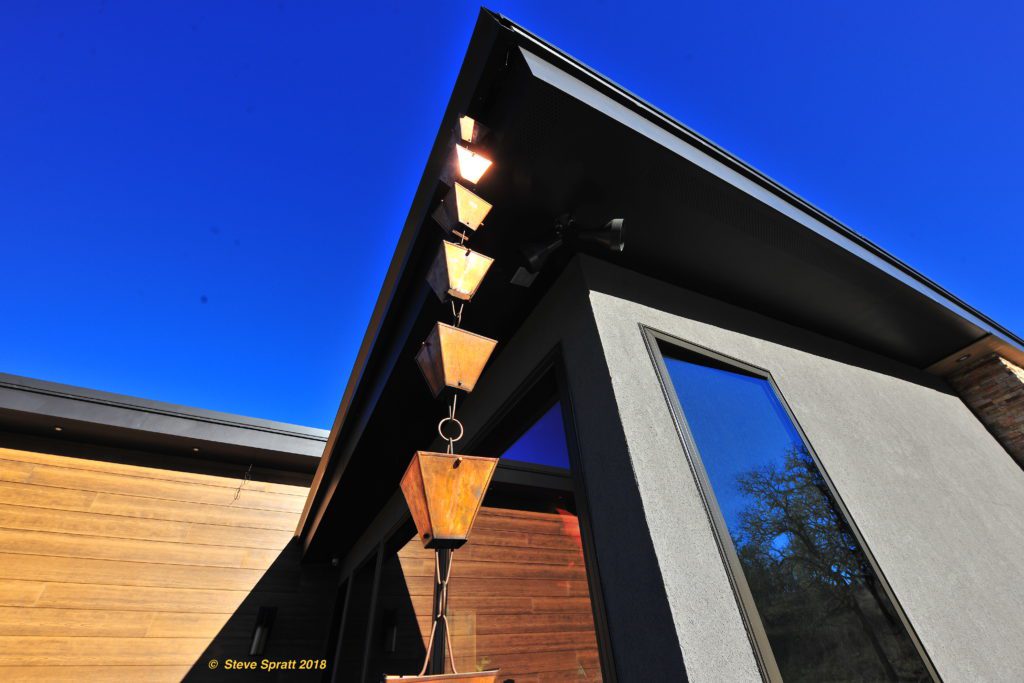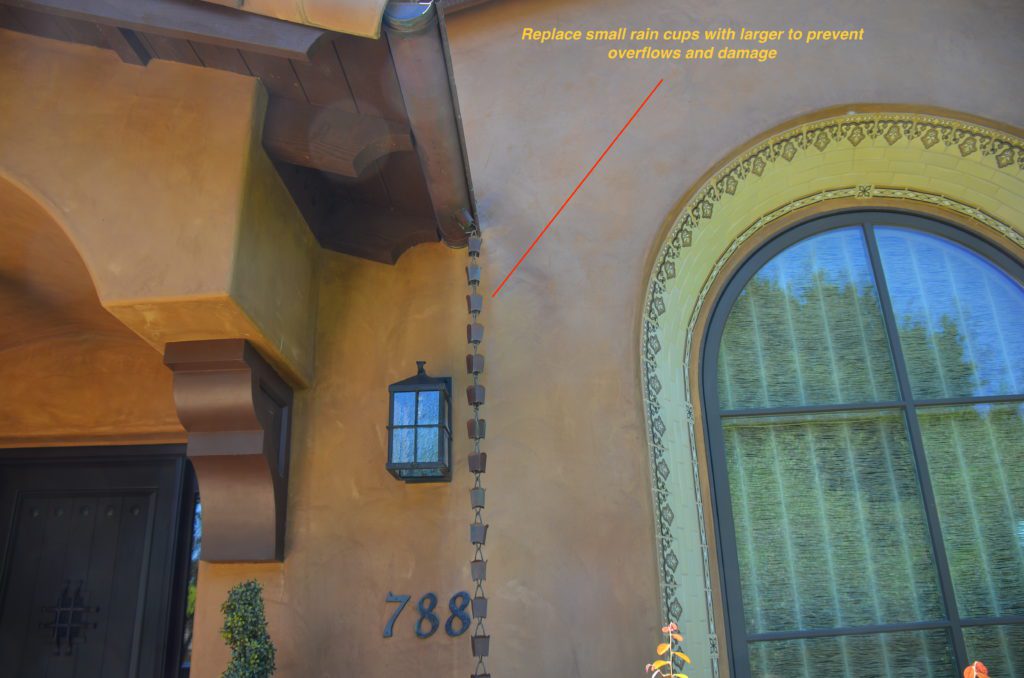EarthTalk: Environmentally Friendly House Gutters
When new gutters are needed, consider green choices
Originally published in the Christian Science Monitor

By The Editors of E Magazine
Q:We will need to replace our house gutters soon. What are our best options from an environmental perspective?
– Jodie Green, Dallas
A: Use a material that is the most durable for your climate. Ultimately, the longer your gutters last, the less environmental cost there will be – from manufacturing to recycling. A cheaper product that degrades twice as fast as another would not be the best choice, even if it has a greener production process. Also, the extra cost of having to fix your water- damaged home could make a “cheaper” gutter in reality much more costly.
“Galvanized steel, copper, and aluminum are preferred gutter materials,” reports Austin Energy, the Texas capital’s community-owned electric utility. Copper is a more expensive, high-end gutter material, as are stainless steel and wood, although wood is used mostly in historical restoration.
According to home improvement expert Don Vandervort, who writes for ThisOldHouse.com, galvanized steel and aluminum each have big pluses. Steel is sturdy, while aluminum will not rust. Copper and stainless steel are sturdy and lasting, too, says Mr. Vandervort, but they can cost three to four times as much as steel or aluminum.
“Steel gutters can stand up to ladders and fallen branches better than aluminum,” he says. “But even thick galvanized steel eventually rusts.” He advises buying “the thickest you can afford.” Austin Energy says that gutters should be a minimum of 26 gauge galvanized steel or 0.025 inch aluminum.
Polyvinyl chloride (PVC) is also used for gutters, but “can get brittle with age or in extreme cold,” says Vandervort, and they cannot carry as much snow load as metal gutters. PVC is also not a very green-friendly choice. When produced or burned, says the Center for Health, Environment and Justice , PVC releases dioxins.
Replacing your gutters can provide an environmental opportunity, because the way you handle your roof’s water is important. Consider linking your gutters to a “rooftop catchment system” that captures rainwater in a cistern or rain barrels and can then be used to water nonedible plantings.
Efficient water use is a guideline in the US Green Building Council’s LEED (Leadership in Energy and Environmental Design) for homes standard for certifying green-built homes.
Finally, if you have a problem with debris in your gutters, consider a RainTube. This recycled-plastic gutter insert (which won the 2008 Sustainable Product Award from Green Building Pages) keeps gutters clear of debris, preventing overflow into your house. Of course, cleaning your gutters now and then is probably the best environmental option because it may head off any need for replacement or modification.


